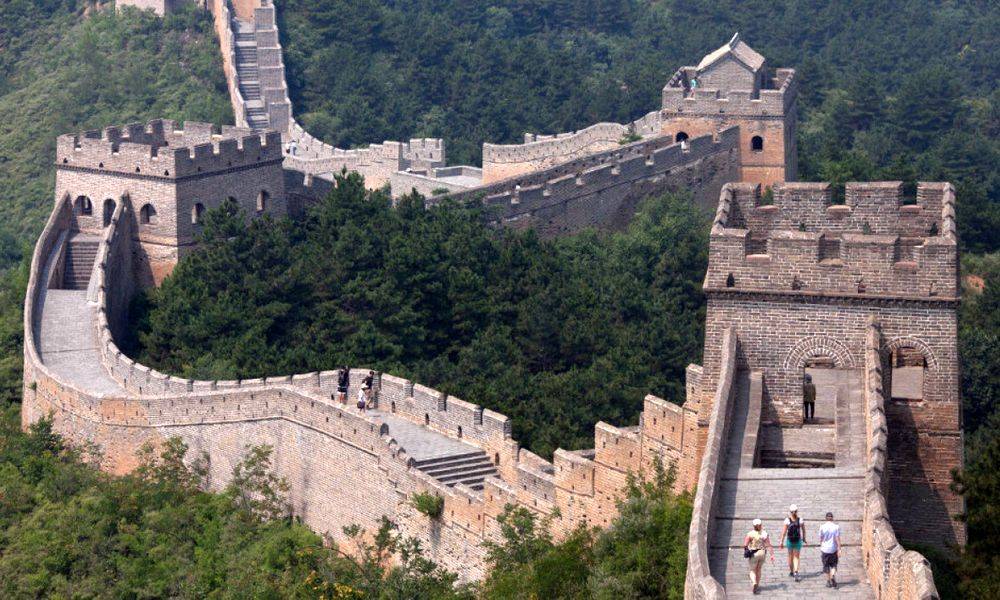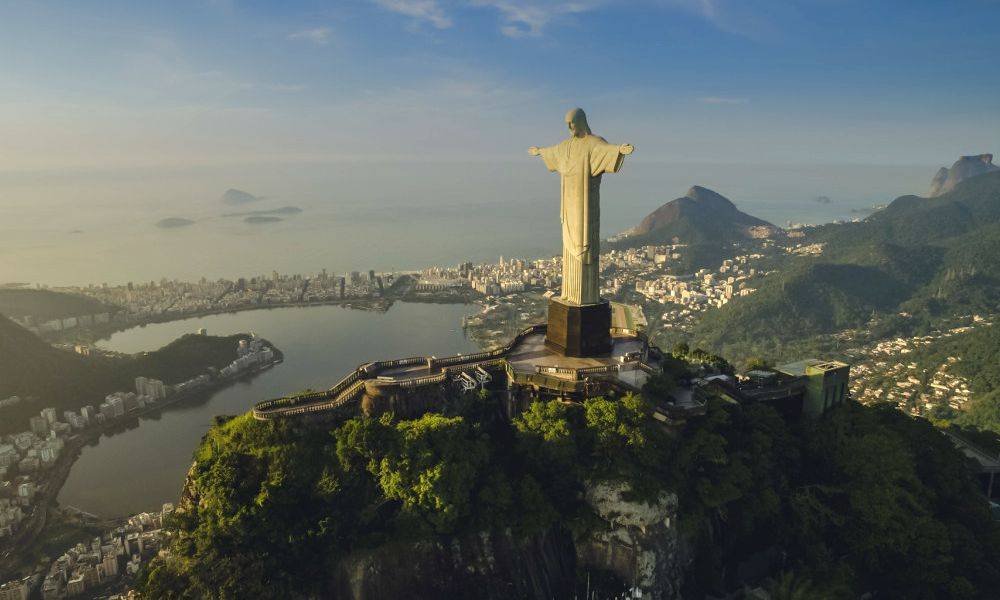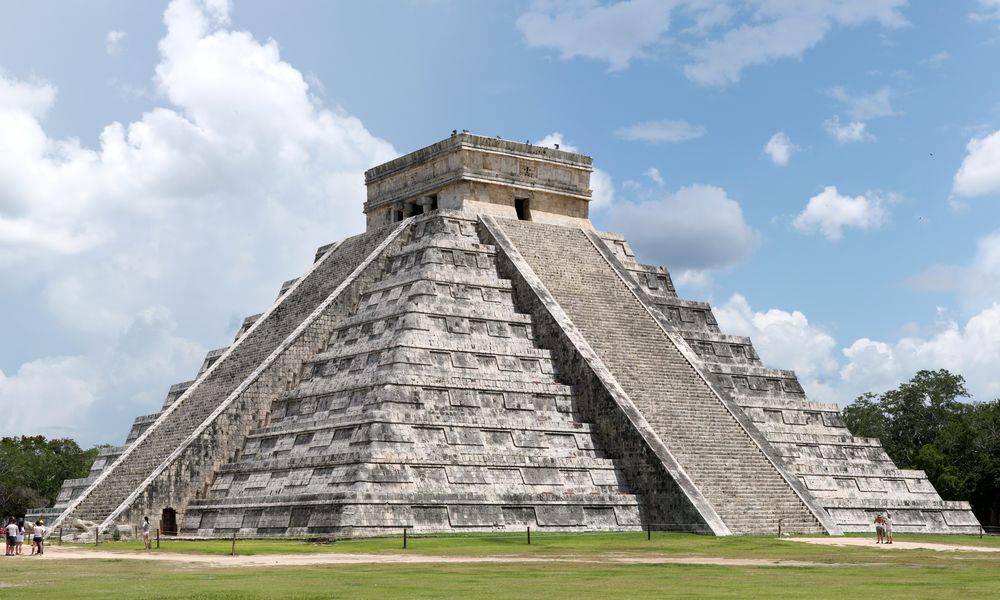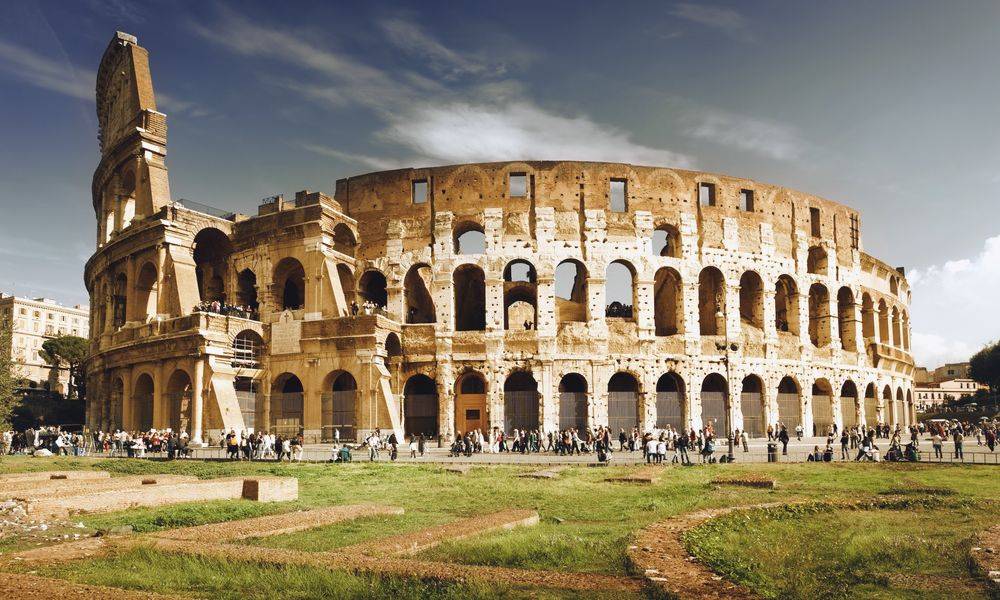Here are the seven wonders of the modern world, a list established by the New Seven Wonders Foundation, a private organization having nothing to do with UNESCO.
| Photos | Names | Locations |
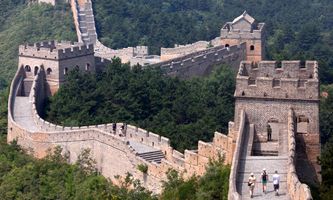
Great wall |
The Great wall | Beijing (China) |
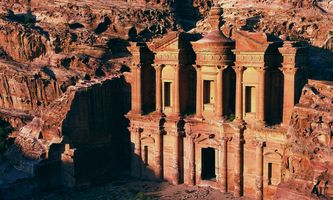
Petra |
The city of Petra | Petra (Jordania) |

Christ the Redeemer |
Christ the Redeemer | Rio-de-Janeiro (Brazil) |
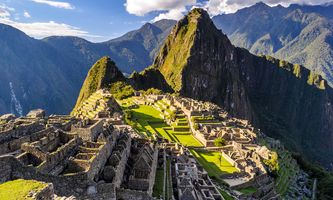
Machu Picchu |
The Machu Picchu | Cuzco (Peru) |
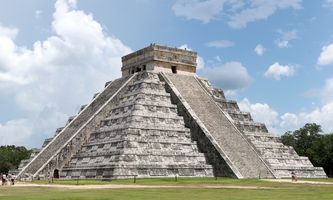
Chichen Itza |
Chichen Itza | Valladolid (Mexico) |
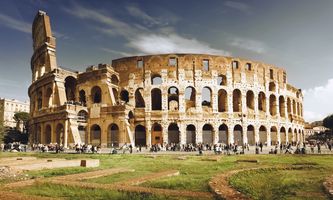
Colosseum |
The Colosseum | Roma (Italia) |
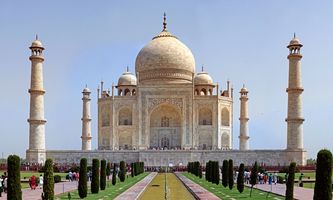
Taj Mahal |
Taj Mahal | Agra (India) |
Although the seven wonders of the ancient world were listed definitively from antiquity on the basis of various lists previously established, the seven wonders of the modern world were designated following a vote organized by the New Seven Wonders Foundation, foundation created by the Swiss businessman Bernard Weber linked to a private marketing company. It is therefore a private initiative with a mercantile goal, having absolutely nothing to do with Unesco, which is often credited with the project.

If we can see a commercial will behind this foundation, there is no doubt that the organizers had a will to highlight the world heritage and only for that we can congratulate them. The criteria chosen for the final choice were the aesthetics of course, but also the complexity of implementation in the historical context, that is, the fact that the architects of the time were able to build it despite the limited opportunity they had to do so. Another criterion was the historical interest of the monument. All technical exploits carried out for aesthetic or cultic purposes, such as skyscrapers or hydraulic dams, monuments that were too recent (the limit was fixed at the year 2000, the latest), were rejected as well as the monuments in a state of disrepair too advanced. Of the 177 files presented, only 21 were retained, for 7 winners. One out of three therefore. The results were promulgated on 7 July 2007 in Lisbon.
Usefulness of such a list
Who benefits from the establishment of this list? Can one legitimately ask oneself. The answer lies at the "NewOpenWorld Corporation", a company that holds rights through the foundation. The profits generated by the numerous telephone calls and the votes by SMS have arrived on the bank accounts of the company which says that it has paid half to participate in the maintenance of different World Heritage buildings. The other half goes into the business for its operation.
The establishment of a new list of the seven wonders of the world thus seems a mercantile operation, although participating in the improvement of world heritage. It has nevertheless made it possible to better publicize this heritage and that is enough reason to have done so. The beneficiaries are thus the countries, and indirectly the tourist sites, where these marvels are located.
¿Cómo se organizaron los votos?
It is quite simple, the great contest was launched at the time of the 2000 Olympic Games in Sydney. From this day anyone who wanted to vote could send an SMS (overtaxed) or make a phone call (also surcharged) to a voice server that recorded the vote. Each could vote twice, one per SMS the other by telephone. Such a system is inevitably risky: Countries with large populations are likely to have a better chance of seeing their monument than small countries, especially if the population has a standard of living that would allow them to have mobile phones. It is therefore hard to see how Jordan was able to get the city of Petra to be selected, whereas the United States did not obtain the statue of Liberty.
And this is due to the political powers of the various countries which did not hesitate to set up voting systems by automated servers, voting becoming free, the cost of the call being taken care of by the State. In addition, Brazil, for example, has carried out a massive publicity campaign to make its people aware of the importance of having Christ the Redeemer on the list, which inevitably favored him. In France the Eiffel Tower did not benefit from such popular enthusiasm.
But that's not all. If we look at the figures, we see that the Petra site has obtained 14 million votes, which is enormous ... for a country of 7 million inhabitants ... Certainly other voters could choose Petra without being Jordanian but the gap between the number of votes and the population is very strange, it is the reflection of the establishment of system of automatic calls that have distorted the very principle of voting.
Well, this deviation could be serious, and it probably is, but if there had been no doubt that the list would have been that of the monuments whose population is the most important, which is not so much better.
The competing sites
The 21 files filed were all of high quality. There was a bit of everything like type of monuments. Some were from the industrial era, such as the Statue of Liberty or the Eiffel Tower, others represented an architectural ensemble such as the city of Timbuktu or the Kremlin, a real city in Moscow, some were more classical (The Alhambra , Sydney Opera House, St. Sophia Basilica) and three of them were ancient monuments, the Acropolis of Athens, Stonehenge and the Moai of Easter Island. One can imagine that the acropolis has been dismissed for its too close proximity to the ancient wonders in relation to which it is younger in a short time, but it is surely more for its proximity to time and place because Stonehenge, for example, is much older.
The acropolis (Athens, Greece)
The Alhambra (Grenada, Spain)
Angkor (Cambodia)
The Kremlin (Moscow, Russia)
The castle of Neuschwanstein (Germany)
The Statue of Liberty (New-York, United-States)
The temples of Kiyomizu-dera (Kyoto, Japan)
Stonehenge (United Kingdom)
The opera of Sydney (Australia)
The Moaïs (Easter island, Chile)
The Eiffel tower (Paris, France)
The Hagia Sophia (Istanbul, Turkey)
The city of Timbuktu (Mali)
The Pyramid of Cheops (Cairo, Egypt)
Note the presence of the pyramid of Kheops in Egypt, the only monument that could have been found in both lists, those of the 7 wonders of the ancient and modern world. She was excluded from the 21 files presented and designated as an "honorary wonders".
Consult the list of the seven wonders of the ancient world.





